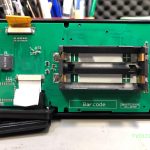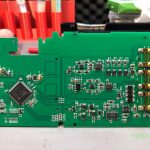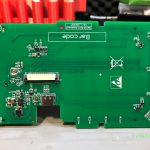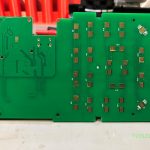These days there is a wide choice of portable soldering iron and I think very few people still consider gas powered soldering irons who were quite popular 10-15 years ago because of their portability.
Now you can get USB powered soldering irons like this one for about $6, it’s rated for 8W, takes a 5V USB input and you can plug this into any power bank and fix a solder joint remotely. I’ve used this a couple of times while doing some electrical work on a car and it was very convenient.
You can also get more powerful, more polished soldering iron like the TS100 which normally takes a DC input from a laptop power brick in the 20V range but since USB Type-C with Power Delivery is a popular thing these days, you can also power it from a power bank capable of at least 12V. But this will be in the $50-60 range and you need to purchase a special power delivery trigger cable separately.
However today’s video is not about these two options, I’m gonna show you something that fits in between these two. It’s delivered rather impressively in a cheap plastic bag but let’s see what we get in here. Looks like they included a small amount of solder wire, that’s nice, every soldering iron should come with a small amount of solder. We get one of these small foldable sheet stands so you won’t burn something when setting the iron on a surface. This looks like our soldering iron tip and inside here we must have the soldering iron body itself and a charging cable



